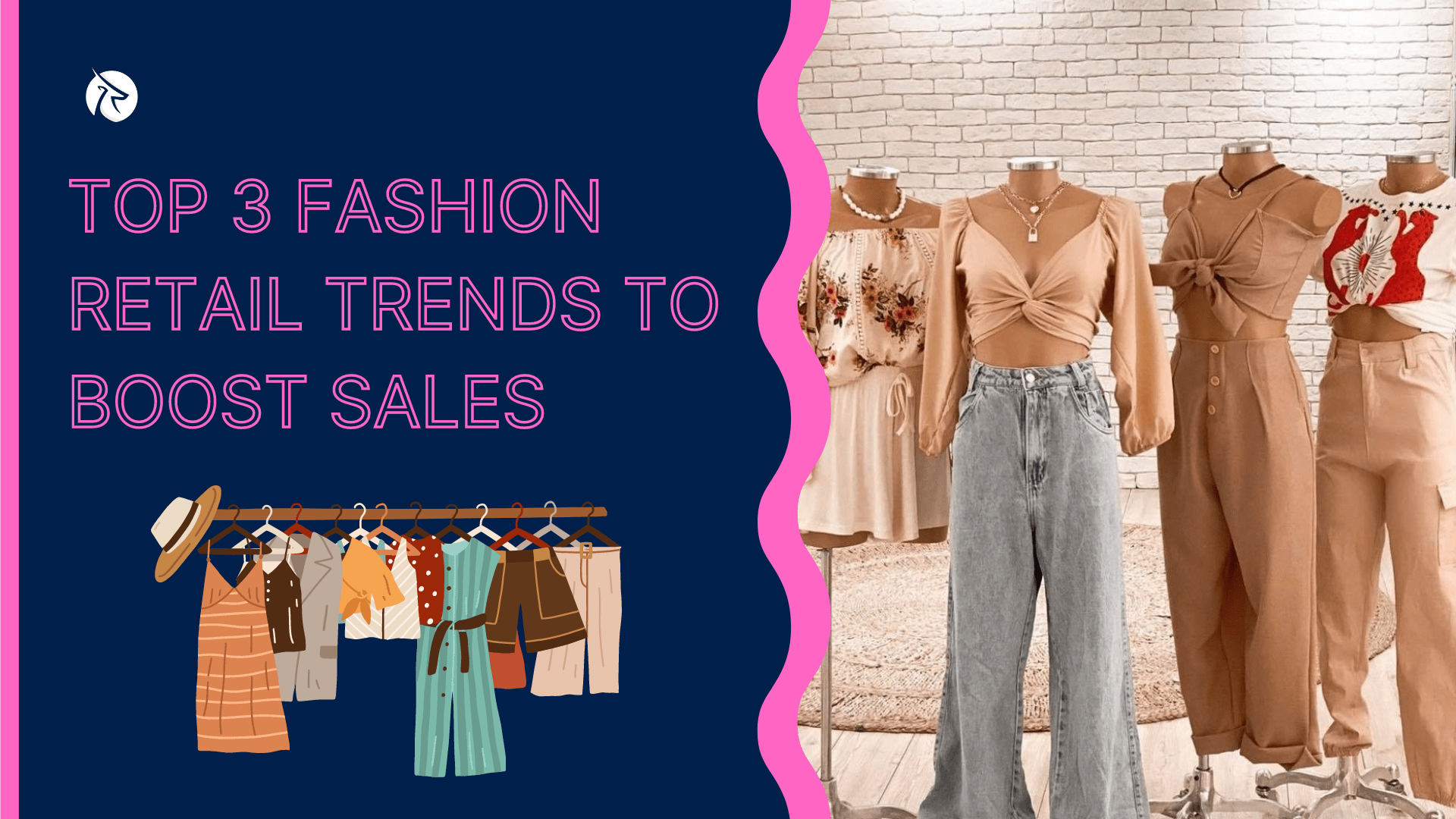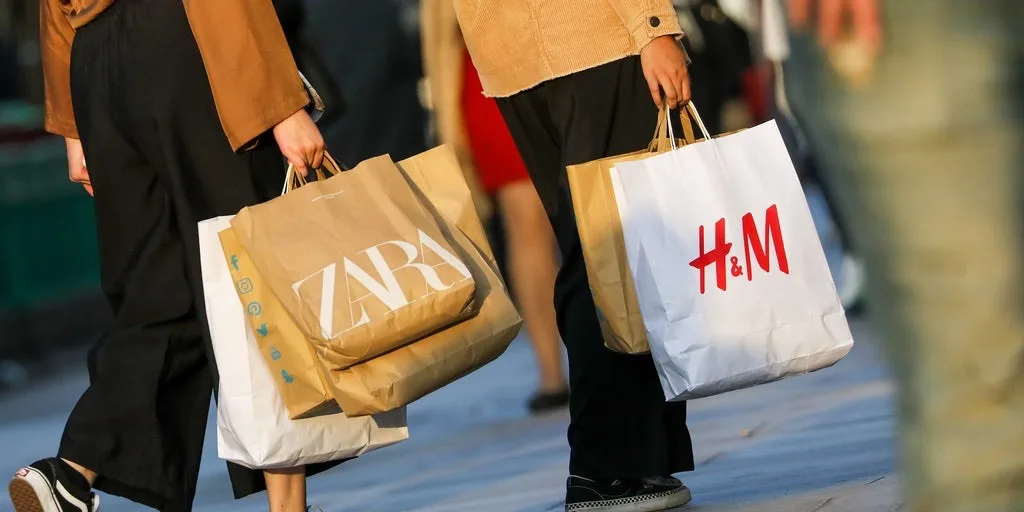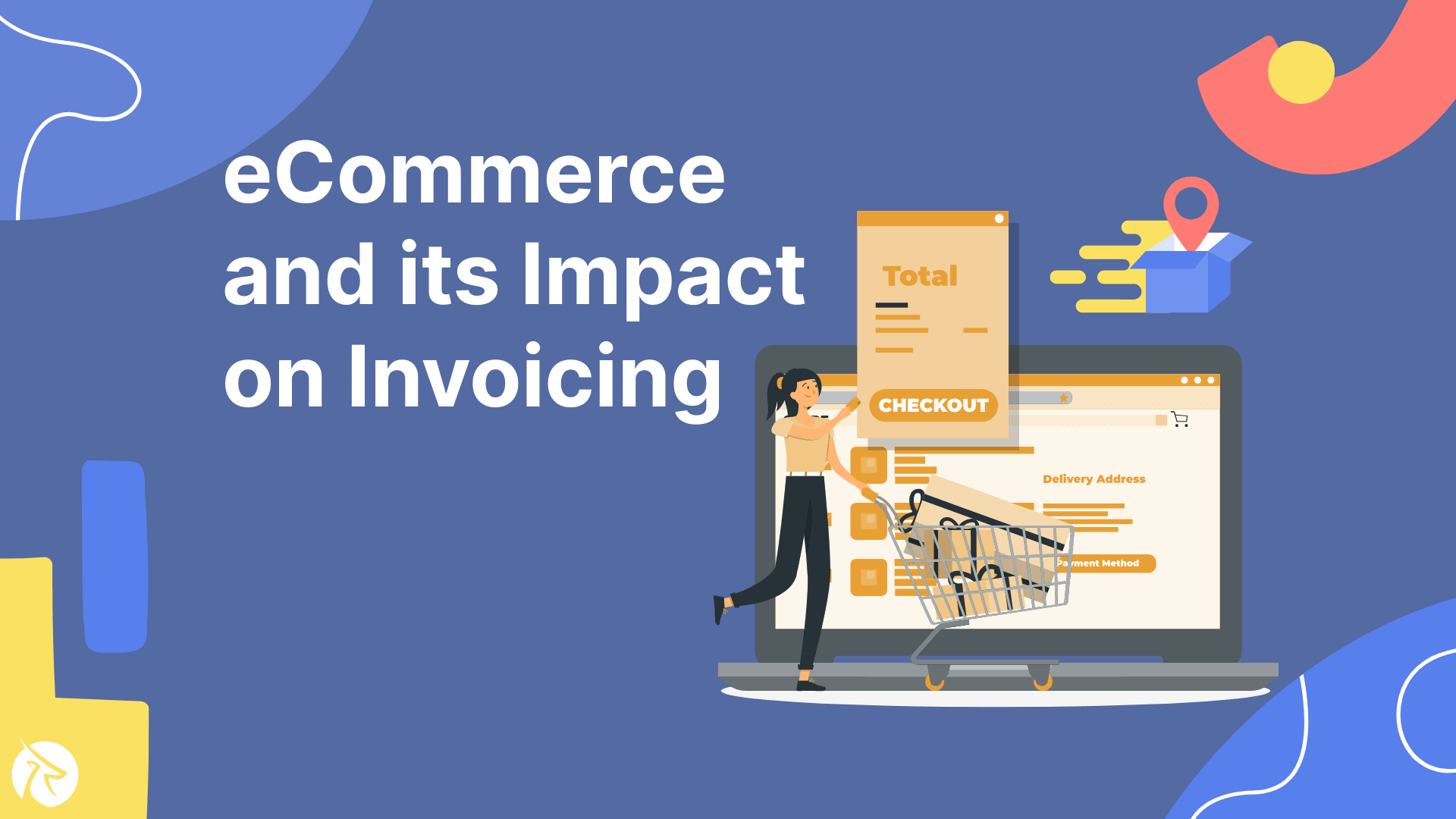Top 3 Fashion Retail Trends To Boost Sales

Have you heard about fashion retail? You must have heard. Zara may make it more familiar to you. But do you know how Zara and other fashion retailers can be so successful? The secret lies in trends!
This concise guide from Fordeer explores the top 3 fashion retail trends influencing customer behavior in 2024, which can help you elevate your customer experience and rocket your sales.
Overview of Fashion Retail
What is fashion retail?
Fashion retail ticks at the heart of the ever-evolving world of clothing and personal expression. It's the dynamic bridge connecting the imaginative spark of fashion designers with the ever-changing desires of consumers. This industry thrives on the business of translating runway trends and seasonal collections into tangible items readily available to the public.
Fashion retail isn't limited to a singular space. Its domain encompasses the vibrant energy of high-street stores, where an explosion of color and diverse brands vie for attention. Departmental giants house an array of meticulously curated collections, offering a one-stop shop for all things fashion. Independent boutiques add a touch of exclusivity, catering to niche tastes with unique finds and personalized service.
The digital realm has further revolutionized fashion retail. E-commerce giants have become household names, offering a seemingly limitless selection of products on a global scale. Brand-specific websites provide a direct connection between designers and their audiences, fostering a sense of community and brand loyalty.
Beyond simply being a point of sale, fashion retailers significantly influence consumer preferences. Through strategic product selection, captivating displays, and targeted marketing campaigns, they act as tastemakers, dictating the trends that dominate the season. A strategically placed outfit mannequin in a store window or a cleverly curated online collection can spark a new desire and sway buying decisions.

However, the role of fashion retail has transcended mere product placement. In today's experience-driven economy, retailers understand the power of creating an engaging atmosphere. Personalized customer service adds a human touch, while fashion shows and events transform shopping into a social experience.
Technological advancements like virtual reality try-on features allow customers to experiment with styles in a convenient and interactive way. This focus on experience fosters a deeper connection with the brand, allowing customers to not just purchase clothes, but to truly embrace the essence of the brand's awareness.
Fashion retail, in essence, is a captivating interplay between creative expression and consumer demand. It's the engine that propels the fashion industry forward, constantly adapting to meet the sartorial needs and desires of a dynamic global audience.
The potential sale of fashion retail in 2024
The fashion retail landscape in 2024 is expected to see continued growth, driven by a blend of online dominance and strategic adaptation. While the global market is projected to experience a moderate increase of 2% to 4%, the powerhouses are likely to witness significant figures. E-commerce giants like Amazon, with its colossal reach and diverse product portfolio, are anticipated to maintain their stronghold, boasting a projected revenue exceeding $500 billion.
Inditex, the parent company of fashion giants like Zara and Massimo Dutti, is expected to see continued success with its unique business model that emphasizes rapid trend adaptation and a strong online presence. Their projected revenue for 2024 could surpass the €30 billion mark.
Nike, a dominant force in sportswear and athleisure, is expected to capitalize on the ongoing health and wellness trends. Their projected revenue for 2024 might climb toward the $50 billion mark, fueled by strategic collaborations with celebrities and a focus on innovative product development.
However, the picture isn't solely painted by established giants. Rising online players like Shein, known for its trendy and affordable clothing, are expected to experience explosive growth, potentially exceeding $30 billion in revenue in 2024. This highlights the growing consumer demand for accessible fashion, particularly among younger demographics.
It's crucial to note that the success of fashion retailers in 2024 hinges on their ability to adapt. Omnichannel strategies seamlessly blending physical and online experiences will be paramount. Sustainability practices and catering to the growing ethical consumer base will be essential to attract a conscious customer.
Additionally, leveraging technology like virtual reality and data-driven personalization will be key differentiators in a competitive market. By understanding the evolving consumer landscape and adopting innovative approaches, fashion retailers can navigate the potential of 2024 and secure a flourishing future.
Top 3 Fashion Retail Trends To Boost Sales
Prioritizing Sustainability and Ethical Practices
In the ever-evolving landscape of fashion retail, prioritizing sustainability and ethical practices has become a key trend to not only resonate with today's conscious consumers but also demonstrably boost sales. A growing segment of the market actively seeks out brands that align with their values, demanding eco-friendly materials, ethical labor practices, and transparent production processes. This shift presents a lucrative opportunity for retailers to embrace sustainable practices throughout their supply chains.

Transparency is paramount. Consumers are increasingly interested in understanding the journey their clothing takes, from the origin of the raw materials to the working conditions in factories. Retailers can leverage this by partnering with brands that utilize organic cotton, recycled materials, and low-impact dyes. Providing detailed information on websites and in-store displays about sourcing locations and manufacturing processes builds trust and fosters a sense of responsible consumerism.
For example, retailers can collaborate with established sustainable brands or curate collections featuring recycled fabrics and eco-friendly production methods. Then you can offer repair services and promote second-hand clothing options further extending a brand's commitment to a circular economy, minimizing textile waste, and extending the lifespan of garments.
This commitment to sustainability isn't just about environmental responsibility; it's a strategic move that resonates with a growing demographic of eco-conscious consumers, ultimately translating into increased brand loyalty and driving sales. Sustainability-focused retailers such as the Pangaia are exploring the potential of alternative textiles. The London-based apparel brand recently introduced two 100% bio-based alternatives to its material line-up — “PlntFiber” and “FrutFiber” — made from renewable and biodegradable plant blends and agricultural waste.
Fast fashion dominance
“Fast-fashion competition will likely become even fiercer in the year ahead.”
(McKinsey, The State of Fashion 2024 report)
While the conversation surrounding sustainability has gained significant traction, the undeniable force of fast fashion remains a dominant trend in fashion retail. Fast fashion's appeal lies in its ability to cater to the ever-shifting desires of today's trend-conscious consumers. New styles are churned out rapidly, allowing shoppers to stay on top of the latest looks at rock-bottom prices. This accessibility, particularly for younger demographics, makes it a tempting proposition.
The fast fashion market size is estimated to grow from $122.98 billion in 2023 to $142.06 billion in 2024, with a growth rate of 15.5%, according to The Business Research Company.
Several factors contribute to the persistence of fast fashion despite the rising awareness of its environmental and ethical concerns. The sheer affordability allows for frequent wardrobe updates, aligning with the "instant gratification" culture prevalent in today's society. Additionally, clever marketing strategies often portray these clothes as trendy and disposable, downplaying the environmental impact.

However, for retailers to effectively leverage this trend, focusing solely on mimicking the low prices and fleeting styles would be short-sighted. The key is striking a balance. Brands can introduce limited-edition capsule collections inspired by the latest trends, satiating the desire for novelty without relying solely on mass production.
Personalization and Technology - Fit technology
Gen Z shoppers aren’t easy to please. Just 47% of these young shoppers are likely to rate a retail experience as positive, compared to 60% of consumers overall. And they’re more than willing to turn their backs on those retailers that fail to meet their high standards. This leads to a challenge for retailers: how to meet the needs of every consumer while each of whom has their demand?
This trend is fueled by the recognition that a one-size-fits-all approach no longer resonates with today's discerning customers. Customer personalization is the only way to help retailers to answer beyond question. It has become the cornerstone for boosting sales, with retailers leveraging data and advanced analytics to understand individual preferences and tailor the shopping journey accordingly.
One of the most impactful advancements in this realm is fit technology. Gone are the days of frustrating size inconsistencies and the gamble of online clothing purchases. Fit technology empowers customers to find garments that truly flatter their unique body types. Here's how:
- Virtual Try-On: This innovative technology utilizes 3D scanning or image recognition to create a digital avatar of the customer. Customers can then virtually "try on" clothes, allowing them to assess the fit and style without ever leaving their homes. This not only enhances the shopping experience but also significantly reduces the likelihood of returns due to sizing issues.
- Body Scanning: In-store body scanning technology takes personalization a step further. 3D scanners capture precise body measurements, which are then used to recommend perfectly fitting garments. This eliminates the guesswork associated with traditional sizing charts and streamlines the shopping process for customers.
- AI-powered Size Recommendations: Advanced algorithms analyze a customer's past purchase history, browsing behavior, and even body type data (if provided) to suggest clothing items with a high likelihood of a good fit. This not only saves customers time spent sifting through endless options but also fosters trust and loyalty towards the retailer.
In Short,
By embracing these top trends, fashion retailers can effectively cater to the evolving needs of today's consumers. Focusing on experience, sustainability, and personalization paves the way for increased customer engagement and long-term success in a competitive market.











